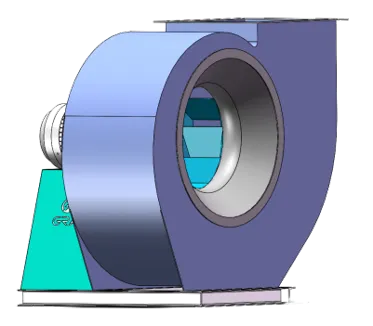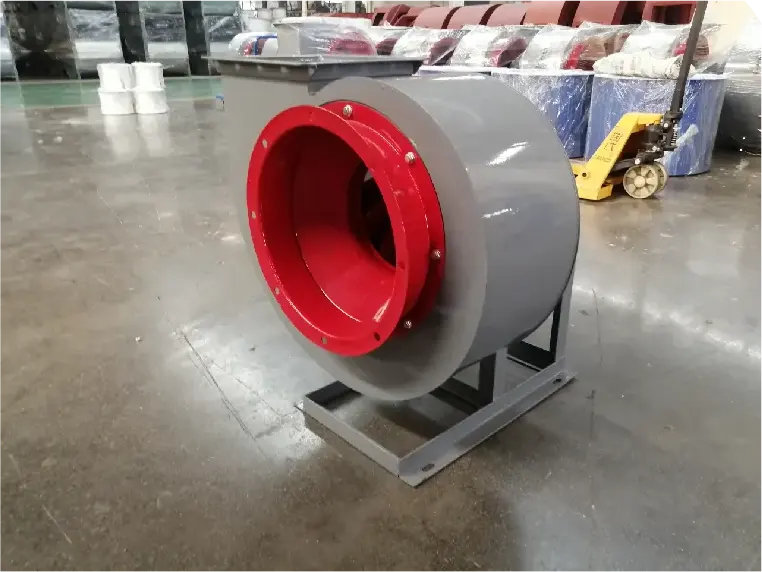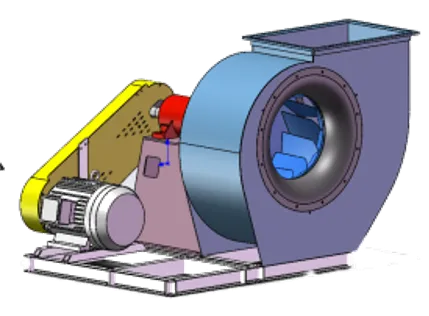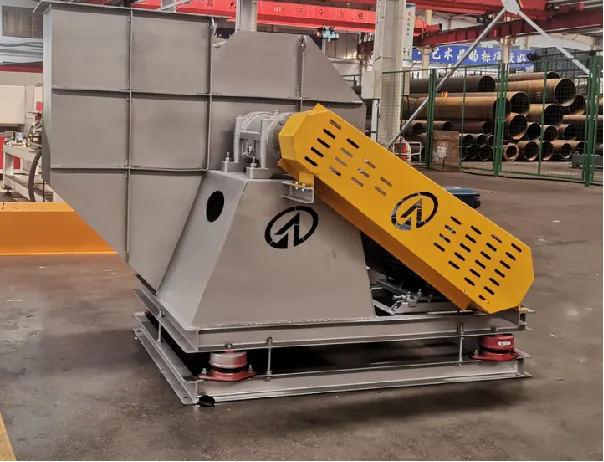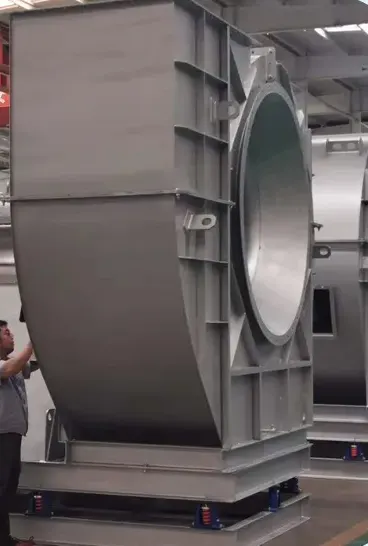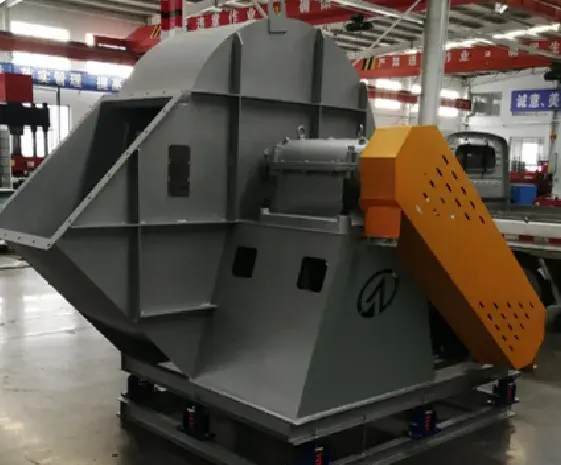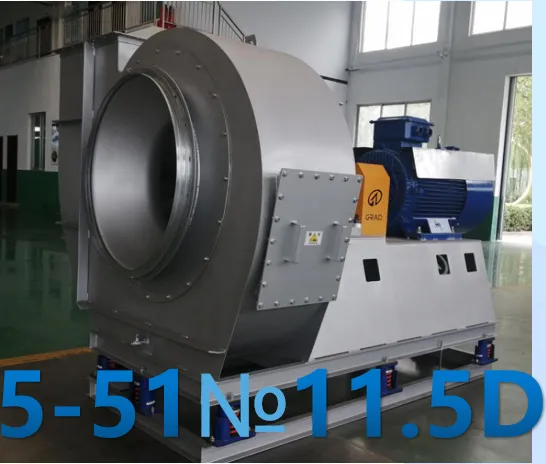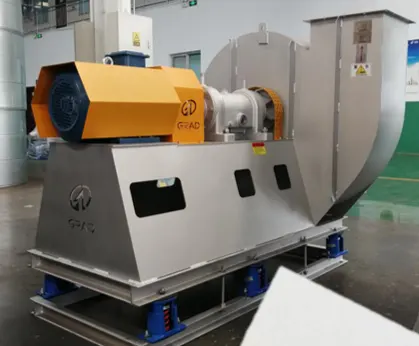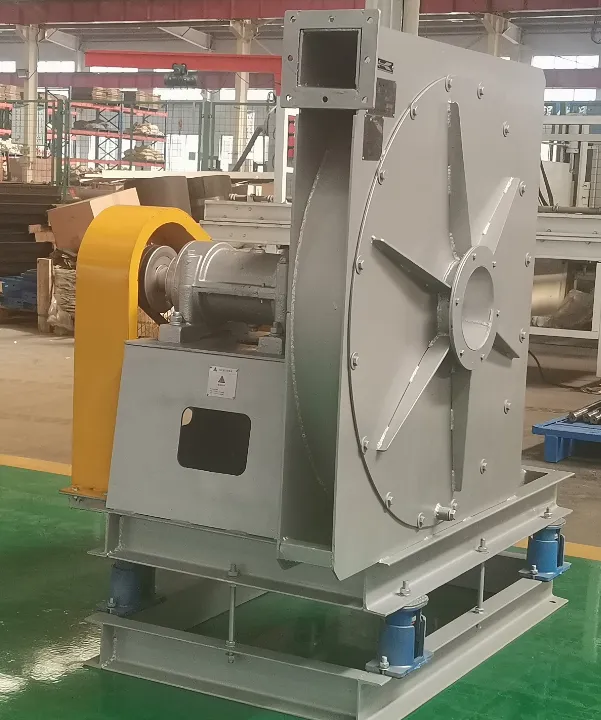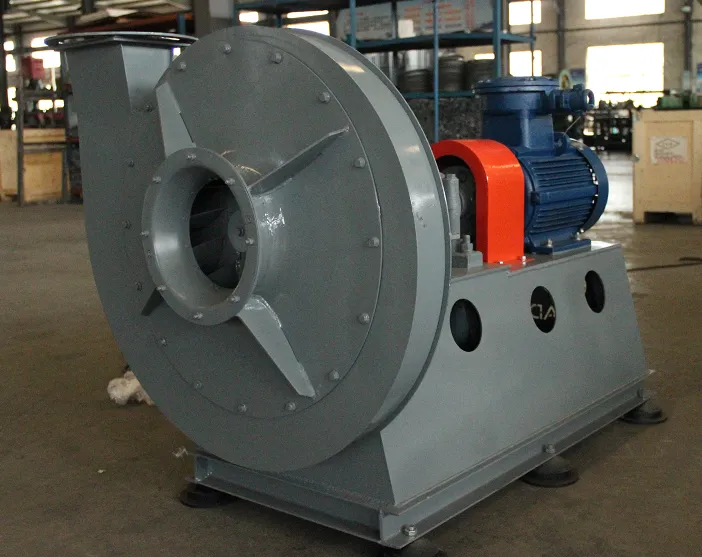Galvanized Sheet Metal Duct With Flange
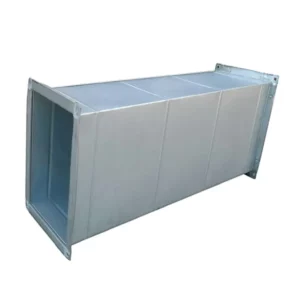
The Galvanized Sheet Metal Duct with Flange is an essential component in HVAC systems, meticulously designed to optimize air distribution in residential, commercial, and industrial settings. Its robust construction and innovative design ensure not only durability but also improved performance of air management systems, making it an ideal choice for diverse applications.
What distinguishes the Galvanized Sheet Metal Duct with Flange is its reliability in achieving efficient airflow. HVAC professionals favor this duct for its sturdy build, straightforward installation, and outstanding functionality. When installed and maintained correctly, these ducts guarantee that air systems function at their best, significantly enhancing indoor comfort and air quality.
Choosing galvanized sheet metal ducts with flanges represents an investment in a long-lasting solution tailored to meet the needs of any building. This choice not only improves air distribution but also fosters a healthier and more comfortable environment for occupants. Experience the advantages of high-quality ductwork and elevate your HVAC system to optimal performance!
Galvanized Sheet Metal Duct With Flange Parameter:
Get in Touch for Specific Dimensions
Key Characteristics of Galvanized Sheet Metal Duct With Flange:
1. Durable Galvanized Steel Construction
The Galvanized Sheet Metal Duct with Flange is crafted from high-quality galvanized steel, celebrated for its outstanding resistance to corrosion and rust. This resilient material guarantees that the duct remains functional over time, even in demanding environments. By investing in this durable option, you significantly prolong the lifespan of your ductwork, ultimately lowering replacement costs and enhancing the overall value of your HVAC system.
2. Innovative Flanged Design
The unique flanged edges of the duct are integral to its performance. These flanged sections facilitate secure and seamless connections between different duct pieces, bolstering the system’s overall integrity. This design feature not only simplifies the assembly process but also reduces the risk of air leaks, ensuring your HVAC system runs efficiently and effectively.
3. Optimized Airflow
The interior of the duct features a smooth finish, which minimizes friction and promotes optimal airflow. This streamlined surface enables your HVAC system to operate at peak performance, resulting in greater energy efficiency. By reducing turbulence, you can enjoy lower utility bills while contributing to more sustainable operations.
4. Customizable Options
One of the standout characteristics of these ducts is their versatility. Available in a range of sizes and configurations, you can easily customize them to meet the specific airflow needs of any environment. Whether it’s a compact residential installation or a large-scale commercial project, these adaptable ducts ensure you achieve the ideal fit for your requirements.
By highlighting these features, the Galvanized Sheet Metal Duct with Flange stands out as a reliable and efficient choice for enhancing the performance of HVAC systems across various applications.
Usage Method of Galvanized Sheet Metal Duct With Flange:
1. Planning
Start by thoroughly evaluating the installation area. Measure the most effective duct layout according to your HVAC system’s specifications. Consider factors like airflow direction, existing structures, and accessibility for future maintenance. Before beginning the installation, ensure you have all necessary materials and tools ready, including duct sections, flanges, connectors, self-tapping screws, and sealants. A well-organized workspace is essential for a successful installation process.
2. Cutting
If your duct sections need to be adjusted, use tools such as tin snips or a metal saw to cut the galvanized sheet metal to the required lengths carefully. Ensure all cuts are clean and straight to maintain the duct’s integrity. Proper cutting helps avoid jagged edges disrupting airflow or complicating future connections.
3. Connecting
Next, align the flanged edges of the duct sections accurately. Position them for a snug fit, which is essential for optimal performance. Secure the flanges using self-tapping screws or rivets, ensuring they are tightened enough to eliminate any gaps. This step is crucial for creating a reliable connection capable of withstanding air pressure and preventing leaks.
4. Sealing
Once the ducts are connected, apply a high-quality duct sealant around all joints and connections. This sealing process is vital for preventing air leaks, significantly enhancing energy efficiency and overall system performance. Proper sealing improves airflow and helps lower energy costs by reducing the workload on your HVAC system.
Operational Use
After installation, the Galvanized Sheet Metal Duct with Flange effectively channels conditioned air throughout the space. Its design optimizes airflow, helping to maintain stable temperatures in every room. This efficient air distribution system is essential for improving indoor air quality through proper ventilation.
With its sturdy construction and smooth interior surface, this duct minimizes friction and turbulence, allowing for effortless air movement. Consequently, you benefit from a comfortable living or working environment free from temperature fluctuations. The duct’s performance enhances overall well-being by creating a healthier atmosphere, making breathing easier.
Operation of Fire-Resistive Ducts
The Fire-Resistive Duct directs smoke and gases to designated exhaust points during a fire incident. Its construction enables effective smoke control, which is critical for ensuring the safety of occupants and minimizing damage. Here’s how it operates:
- Smoke and Gas Management: During a fire, the duct system channels smoke and hot gases away from occupied areas, facilitating safer evacuations and reducing the risk of smoke inhalation.
- Integration with Safety Systems: The duct works seamlessly with the building’s fire alarm and suppression systems. When smoke is detected, the system activates automatically, ensuring timely and effective duct performance.
- Continuous Monitoring: Some advanced systems may include sensors that monitor airflow and temperature, providing real-time data that enhances safety and system performance.
By adhering to these installation and operational guidelines, users can optimize the effectiveness of both the Galvanized Sheet Metal Duct and the Fire-Resistive Duct, ensuring they perform reliably in critical situations and contribute to overall safety in the building.
Galvanized Sheet Metal Duct With Flange Application:
The Galvanized Sheet Metal Duct with Flange is more than just a functional element; it plays a vital role in optimizing air distribution across various sectors. Here’s a closer look at its applications in different environments:
1. Industrial Facilities
- Manufacturing Plants: In settings where heavy machinery operates, these ducts are crucial for removing heat and fumes, ensuring a safe work environment. They help regulate temperatures and enhance air quality, which is essential for worker safety and equipment performance.
- Paint Booths: In facilities with paint booths, these ducts are vital for managing volatile organic compounds (VOCs) and ensuring proper ventilation, crucial for adhering to health and safety regulations.
2. Healthcare Settings
- Surgical Rooms: In hospitals, the delivery of filtered air to surgical rooms is critical for maintaining sterile conditions and minimizing infection risks.
- Patient Rooms: These ducts facilitate proper ventilation, providing fresh air while maintaining comfortable temperatures, which is essential for patient recovery.
3. Commercial Buildings
- Office Spaces: These ducts are key to ensuring optimal airflow in commercial offices, enhancing employee comfort and productivity. They regulate temperature and improve air quality by venting stale air while introducing fresh air.
- Retail Stores: Effective climate control in retail environments enhances customer experience and protects merchandise from temperature variations. Ducts efficiently distribute air to maintain a pleasant shopping atmosphere.
4. Residential HVAC Systems

- Central Air Conditioning: These ducts transport cooled air from central units to various rooms, ensuring consistent temperature control and comfort throughout the home.
- Heating Systems: They are also utilized in forced air heating systems, delivering warm air from furnaces or heat pumps, with their durable construction ensuring they withstand high temperatures without deterioration.
5. Educational Institutions
- Classrooms: Proper airflow in classrooms is essential for concentration and learning, with these ducts helping to regulate temperature and create a comfortable environment for students.
- Laboratories: In science labs, they manage fume hoods and ensure hazardous vapors are safely expelled, protecting both students and staff.
6. Transportation Hubs
- Airports: With high passenger volumes, effective climate control is essential. These ducts manage airflow in terminals, lounges, and baggage areas, providing a comfortable environment for travelers.
- Train and Bus Stations: They are critical for maintaining airflow in waiting areas, ensuring a pleasant experience for passengers as they await transport.
7. Data Centers
- Cooling Systems: Given the significant heat generated by technology equipment, these ducts play a crucial role in cooling systems, directing cool air to servers and other sensitive equipment while effectively exhausting hot air.
By utilizing galvanized sheet metal ducts with flanges in these various applications, organizations can significantly enhance air distribution efficiency, contributing to improved comfort, safety, and overall operational performance.
Fans Type:
General centrifugal fans can be divided into low pressure (P≤1000Pa), medium pressure (P=1000-5000Pa), and high pressure (P=5000-30000Pa) according to the pressure. Low-pressure fans are generally 4-72, 4-73, 4-68, 4-79, and other backward blade series. Medium pressure fans are generally 5-51, 6-30, 6-41, 6-51, and other series; High pressure is generally 9-19, 9-26, 9-12, and 8-09 series. The low-pressure fan blades are mostly backward inclined blades, generally about 45 degrees. The outlet Angle of medium pressure fan is larger than that of low pressure fan. It is generally about 50 degrees, and the blades of the high-pressure fan are generally tilted forward less than 90 degrees. The advantages of medium and low-pressure fans are large flow, low noise value, not easy to overload, relatively stable operation, and use in general ventilation. High-pressure fans are used to supply forced air.
From the direction of the drive side (motor), the counterclockwise rotation is left, and the clockwise rotation is right.
The Angle is generally divided into 0 degrees, 45 degrees, 90 degrees, 135 degrees, 180 degrees, 225 degrees, and 270 degrees.
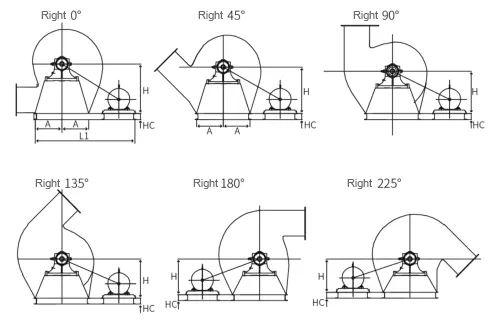
Type A Direct Transmission:
Type D Direct Transmission:
Type C Belt Transmission:
Type E Belt Transmission:
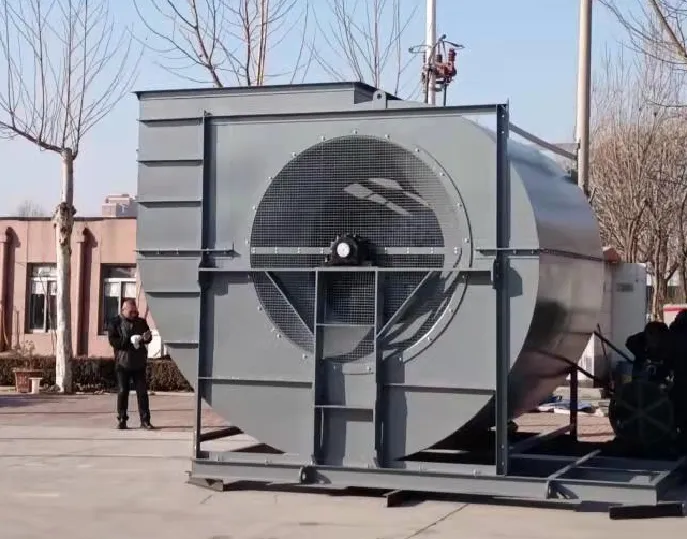
Type E Direct Transmission:
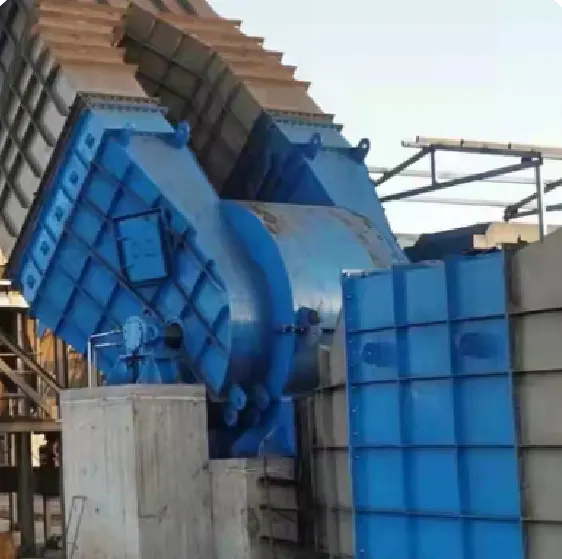
Low Pressure Fans:
Low-pressure fan series are 4-72 series, 4-73 series, and 4-79 series. Generally used for indoor ventilation in general factories and large buildings, it can be used as input gas, it can also be used as output gas, it can also be used as output gas, it can also be used for forced ventilation of boilers, forging furnaces, etc.
It is characterized by smooth operation, tight structure, low noise, flexible use, small footprint, high efficiency, and good performance in conveying air and other unnatural, harmless to the human body and non-corrosive gases.
Low-pressure fans are mostly used in garage air supply and exhaust systems, civil air defense ventilation systems, textile exhausts, grain warehouse dry exhausts, and other total air supply and exhaust systems.
Medium Pressure Fans:
The basic models of medium-pressure fans are 5-51 series, 6-51 series, 5-47/5-48 series, and 6-41 series. These models’ air volume and pressure are lower than those of the low-pressure series. Good aerodynamic performance, high efficiency, low noise, smooth operation.
G, Y6-51 type boiler feed fan is mainly used for 2~670t/h steam in thermal power plants.
The air supply system of the boiler also meets the requirements of the performance parameters of the high-pressure head of the fluidized bed furnace. change
Series fans can also be used for dust removal, mine ventilation, and general ventilation systems.
The blower transports air, and the induced draft fan transports gas containing impurity particles.
When the impurity concentration is less than 200mg/m³, it can be used for over 4 years. If the dust content is too large, the blade should be treated with wear-resistant treatment to extend its service life. G series fans are generally normal temperature; The maximum temperature of Y series induced draft fan shall not exceed 250℃. If more than 250℃. The impeller material should be changed.
High Pressure Fans:
Valve Factory: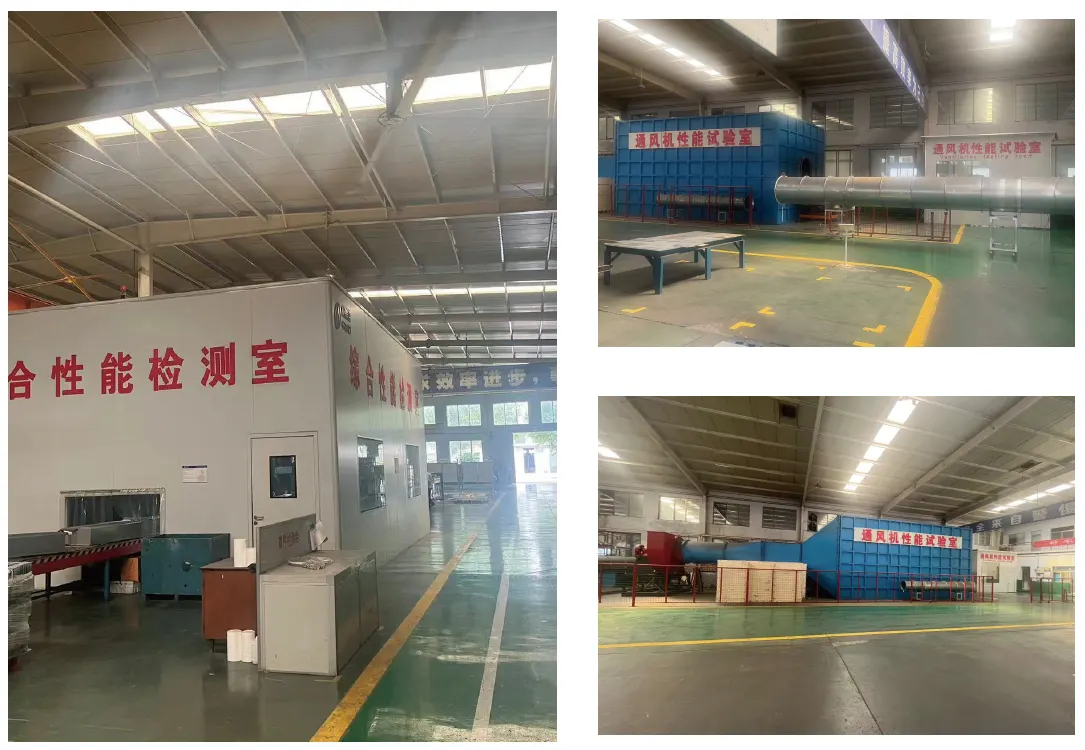
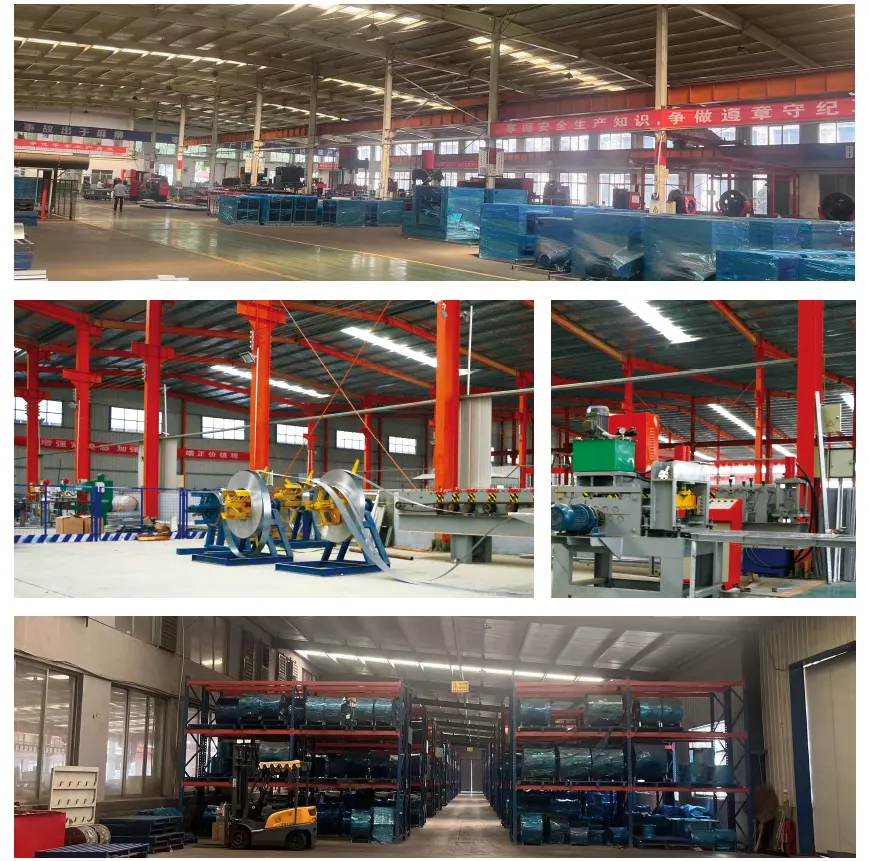
Our unwavering commitment to excellence encompasses a comprehensive 24/7 on-site service, ensuring you immediate access to top-tier maintenance support whenever needed. We understand that operational efficiency is critical, so our team is always ready to assist you, regardless of the time or day.
Proactive Maintenance Approach
Detailed User Profiles: We take the time to develop thorough user profiles tailored to your specific systems and needs. This personalized approach allows us to understand the intricacies of your operations and tailor our support accordingly.
Regular Site Visits: Our team conducts routine site visits to monitor system performance and identify potential issues before they escalate. This proactive strategy ensures that we address any operational challenges swiftly, minimizing downtime and disruption to your workflow.
Comprehensive Support
Expert Technicians: Our highly trained technicians bring expertise and experience to every interaction, providing you with knowledgeable insights and effective solutions. You can trust that your systems are in capable hands.
Tailored Solutions: We prioritize your unique requirements, offering customized solutions that enhance your system’s performance and reliability. Our goal is to ensure that your operations run seamlessly.
With our dedicated support, you can enjoy peace of mind knowing that your success is our top priority. We are committed to fostering a collaborative partnership, where your needs drive our services. Our responsive support team is always just a call away, ready to assist with any challenges you may encounter.
Experience the difference that our comprehensive, proactive maintenance and exceptional support can make in your operations. Together, we will ensure your systems operate at their best, empowering your success every step of the way!




